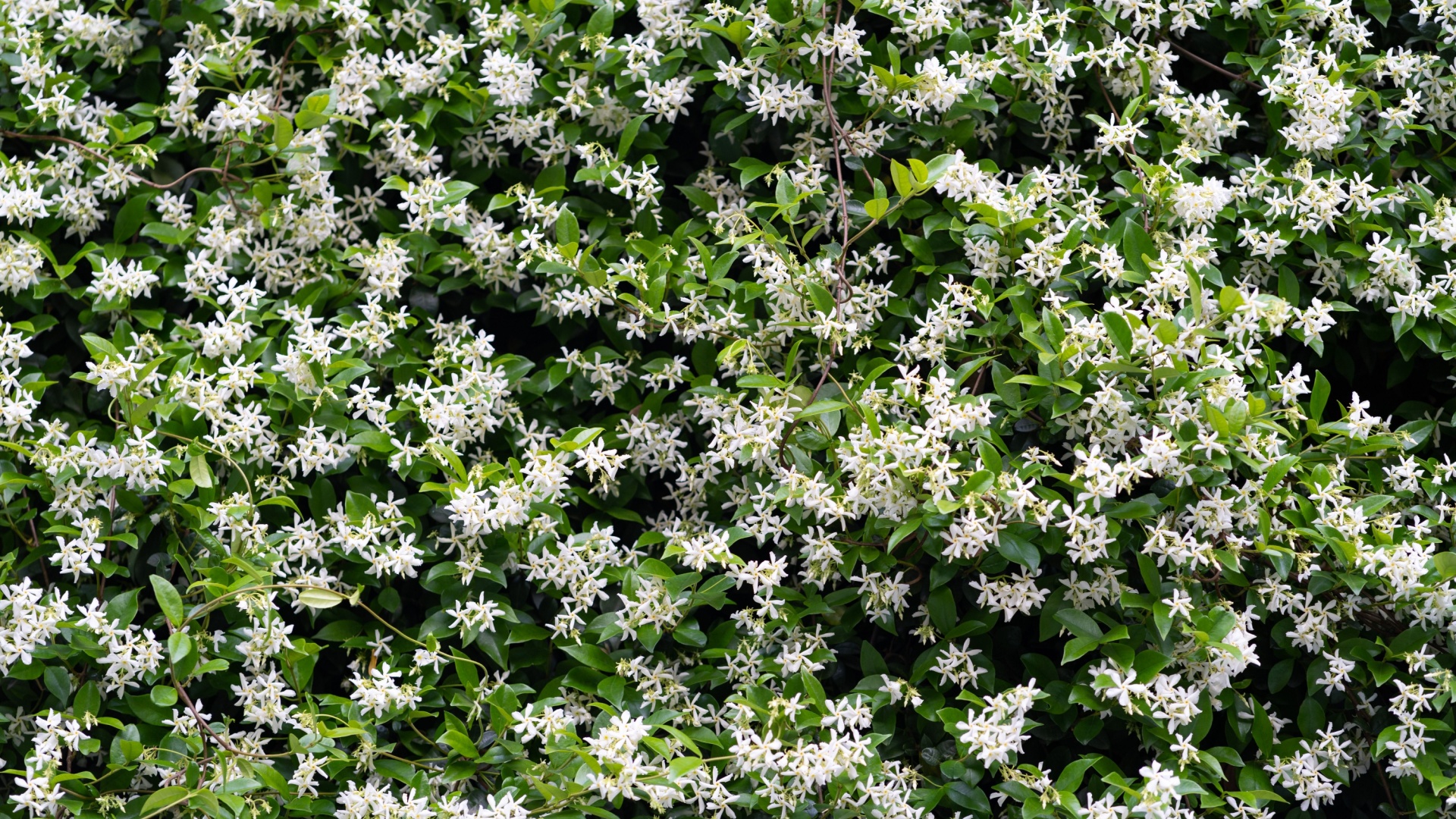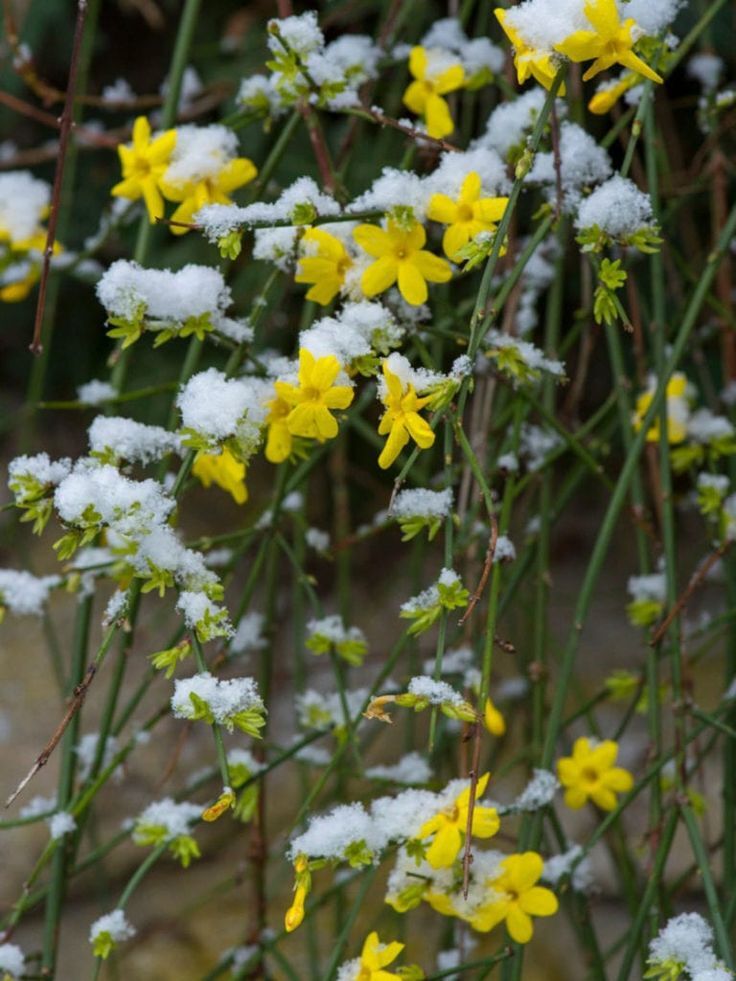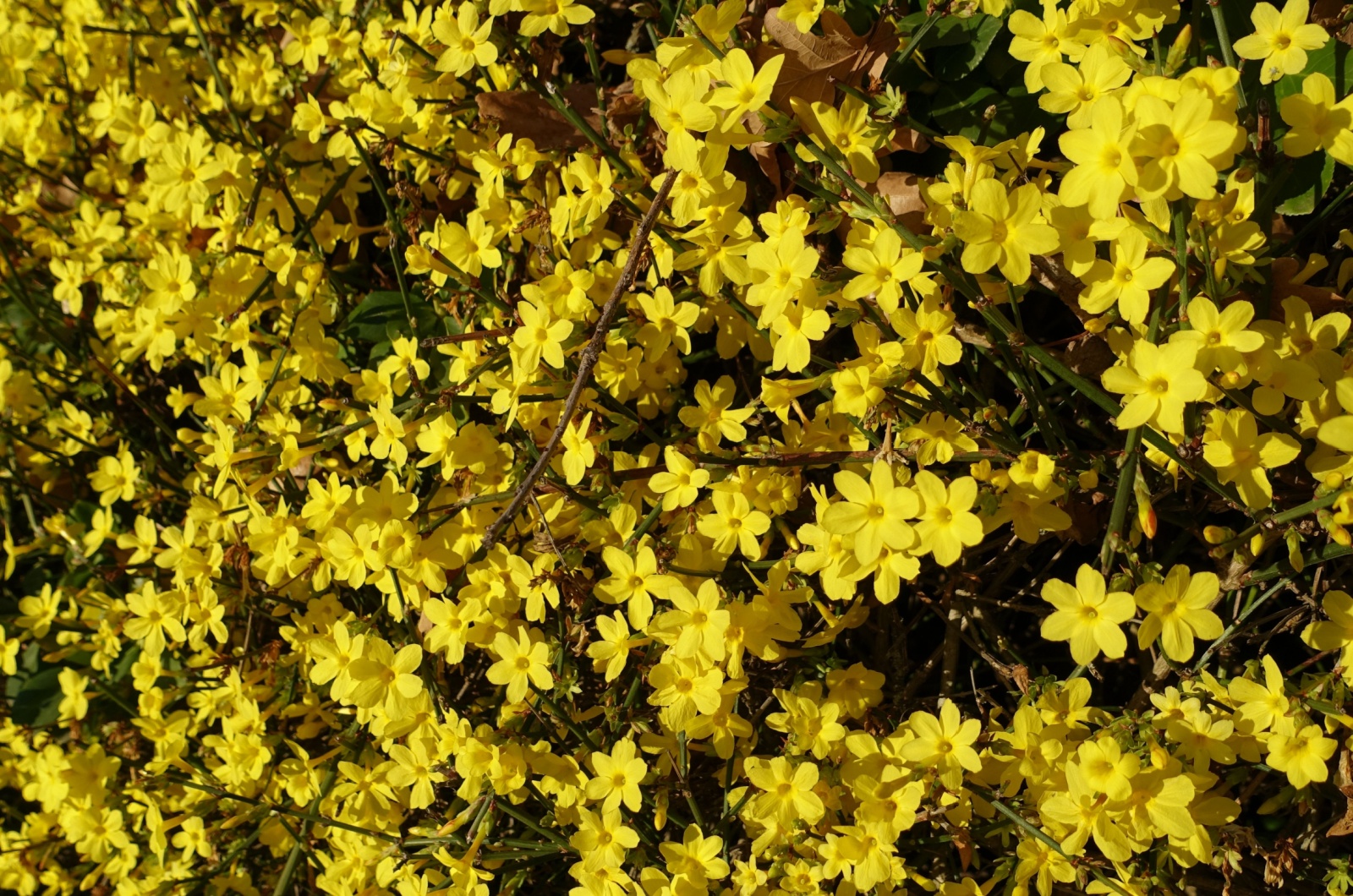Today we are going to talk about stunning perennial flowers that bloom in the coldest months – winter jasmine! With their cute little yellow flowers, your garden will look like a winter fairy tale.
Everything may look dreamy now, but there are a few steps you’ll need to take to keep these beautiful shrubs flowering in the colder months.
A few years ago, I was looking for some flowers to make my garden look lively in the winter. There were lots of adorable plants to choose from, but there’s one that stood out the most! It was winter jasmine that captured all of my attention.
I didn’t want to waste any more time, so I bought it and planted it in my garden. Finally, winter came, but there were no signs of yellow flowers! Then I remembered that I didn’t research this shrub as I was supposed to (big mistake).
So I started searching for the answer to why my winter jasmine wasn’t blooming and found out that I missed a few steps while growing it. Winter jasmine actually needs some specific things to keep it happy.
If these flowers are properly cared for, then they will come back every year, providing your garden with a majestic look. Now let’s take a look at all the tricks I’ve prepared for you to make your winter jasmine thrive this winter!
If You Want Eye-Popping Yellow Flowers All Winter Long, Follow This Guide
Don’t worry, winter jasmine is actually easy to take care of! You’ll just need to follow these steps, and the yellow flowers will continue blooming for years.
- Choose a sunny location. Winter jasmine needs plenty of sunshine to grow. These shrubs require at least eight to ten hours of bright light. Avoid growing them in a shady location because it can cause your flowers to weaken and stop blooming!
- This type of soil is crucial for your winter jasmine. Even though these flowers can thrive in different types of soil, loamy and well-drained soil proves to be the best for them.
You’ll need to avoid placing them in clay or poorly drained soil because they don’t like wet conditions!
- Make sure to prune them. You should trim them a little bit in early spring. Remove any damaged or diseased branches, but never prune more than 30% of the plant!
- Water your winter jasmine every now and then. Since they are drought-tolerant plants, you don’t need to water them regularly unless they’re newly planted.
- Beware of pests. Your winter jasmine isn’t often threatened by pests, but there are a few you should keep an eye out for.
Mealybugs, aphids, and spider mites are some of the pests that can cause damage to your flowers. If you spot them, use insecticidal soap to get rid of them for good!
Double Your Stunning Jasmine With This Easy Trick
After seeing how easy it is to grow and take care of winter jasmine, I’m guessing that you’ll probably want more of these flowers? I found a way to get more of them for free – propagation!
What’s the easiest way to multiply winter jasmine? All you need to do is use a clean, sharp pair of shears and take stem cuttings from the plant when it’s finished blooming. Remove all the leaves and place them in a container with well-draining potting soil.
Water them and place them in a warm and bright area. When you see that your little cuttings have roots, transplant them to the garden! Later in the spring, you’ll get dozens of winter jasmines in your yard. Isn’t that awesome?
Soon you’ll be able to enjoy winter jasmine’s breathtaking yellow flowers! With these tips and tricks, you’ll ensure they come back every year.
I have had my winter jasmine for over four years now! So, using these steps really worked out perfectly for my charming yellow flowers. Now all you need to do is prepare for an amazing adventure with your winter jasmine and give it lots of attention and love!
Good luck!



